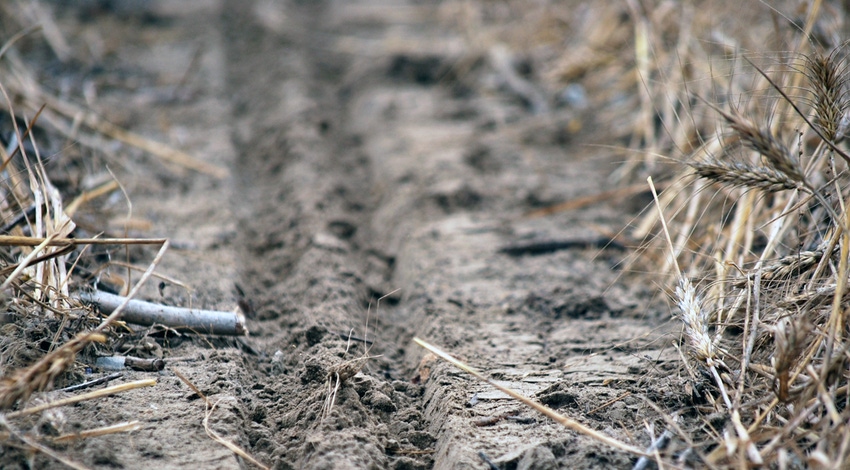January 26, 2016

Georgia farmers were asked “What has been the most important factor helping you with the management of Palmer amaranth in cotton?” What they said says a lot.
The top six answers given to that question, listed from most important to least important, were:
Timely herbicide applications
Hand weeding
Residual herbicides
Extension
Start clean, and stay clean
Different herbicide modes of action
At least these are the top factors given by 681 cotton growers who took a survey conducted after the “Using Pesticides Wisely” trainings in Georgia last year. The training was not on weed management and pigweed wasn’t mentioned as part of the training.
The training, done in partnership between the University of Georgia Extension and the Georgia Department of Agriculture, was designed to help growers make wiser decisions when applying pesticides in the effort to protect applicators, a farmer’s neighbors and the environment. The organizers of the training, at the time, had a captured cross-section of Georgia cotton growers and took the opportunity to ask the open-ended Palmer amaranth question.
So, who cares? It’s just a list of answers. Big whoop. But I think the answers reveal a great deal.
Southeast farmers deserve a pat on the back
Georgia cotton growers, and growers throughout the Southeast, have been dealing with herbicide-resistant pigweed for a decade, and things were very different in cotton fields prior to 2006. We now know again what we once knew well: Controlling weeds is a complex venture, especially in the Southeast, and one trick doesn’t do the trick anymore.
The answers also illustrate the massive shift in mindset growers have taken in the last decade. The answers show we’ve reached what is called critical mass in how we think about weed management again in our region. And it shows growers can and will adopt new-old tactics when faced with a crisis, and do it at great costs to them. And we can agree herbicide-resistant pigweed is a threat to economically sustainable cotton production in our region. (Of course, 60-cent cotton is a much greater threat to that sustainability. But I digress.)
The list of answers also expose how the cotton industry, particularly in the Southeast, has worked in cooperation regarding resistant weeds, from the growers in the fields to public and private efforts in labs, fields and boardrooms. In other words, the list illustrates the ends of what has been some major means invested in the effort to investigate weed resistance, identify problems, discuss solutions and then act on those discussions.
Is the problem of weed resistance in cotton solved? No. But solutions and practices now are available to manage hard-to-control weeds. The solutions are not near as economical as we’d like, but doable. And it’s doable because mindsets changed; growers adjusted to a new systems approach to weed management.
The industry also responded by developing new products we hope arrive (get registered) sooner rather than later on farmers. (We appreciate thorough, Mr. EPA, but let’s get going.)
At the Georgia pesticide trainings, growers were also asked “Do you believe that you are heading in the right direction in regards to managing Palmer amaranth (not including economics)?” Ninety-seven percent of the growers said, “Yes.” Just a few years ago, I know that positive percentage was much lower. Now, 3 percent of growers surveyed said, “No,” they were not headed in the right direction in managing pigweed. Hey, we’ll pray for them and hope they find a better path soon.
We talk, or report, on the “Battle,” “The War,” “The Struggle” growers face in fighting resistant weeds. I think we need to adjust that verbiage. Growers throughout the Southeast deserve a pat on the back for the positive gains they’ve managed to make against resistance through some pretty tough times. I wish that pat on the back came with a year’s worth (or a decade’s worth) of 90-cent cotton, $6 corn and $14 soybeans.
You May Also Like




